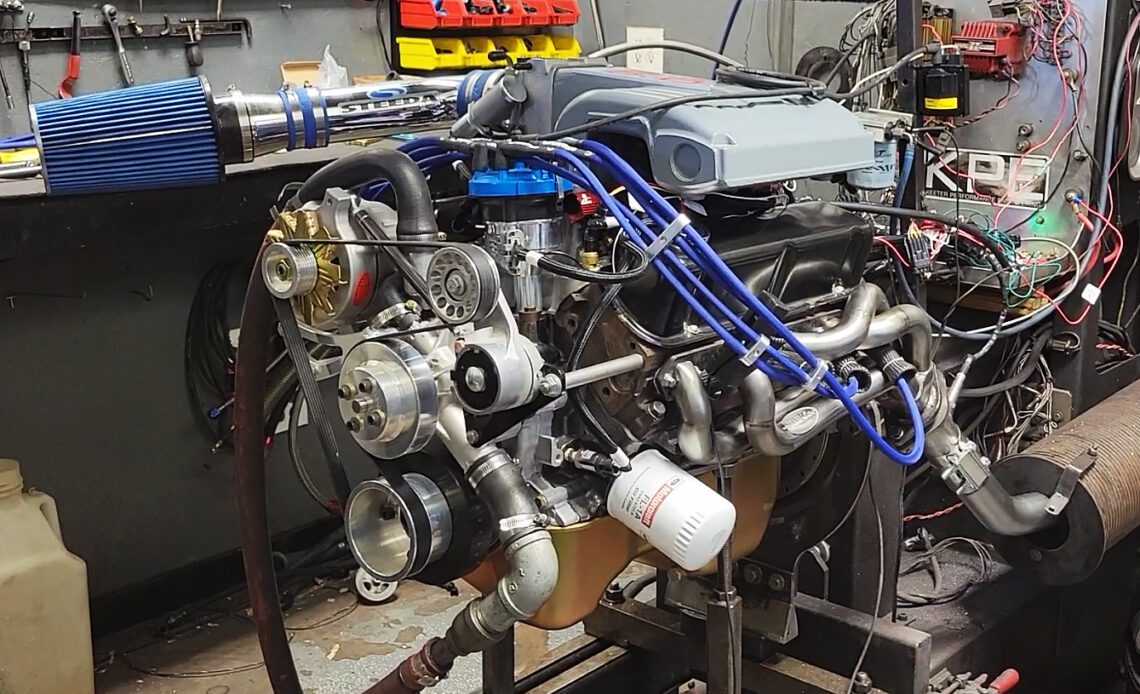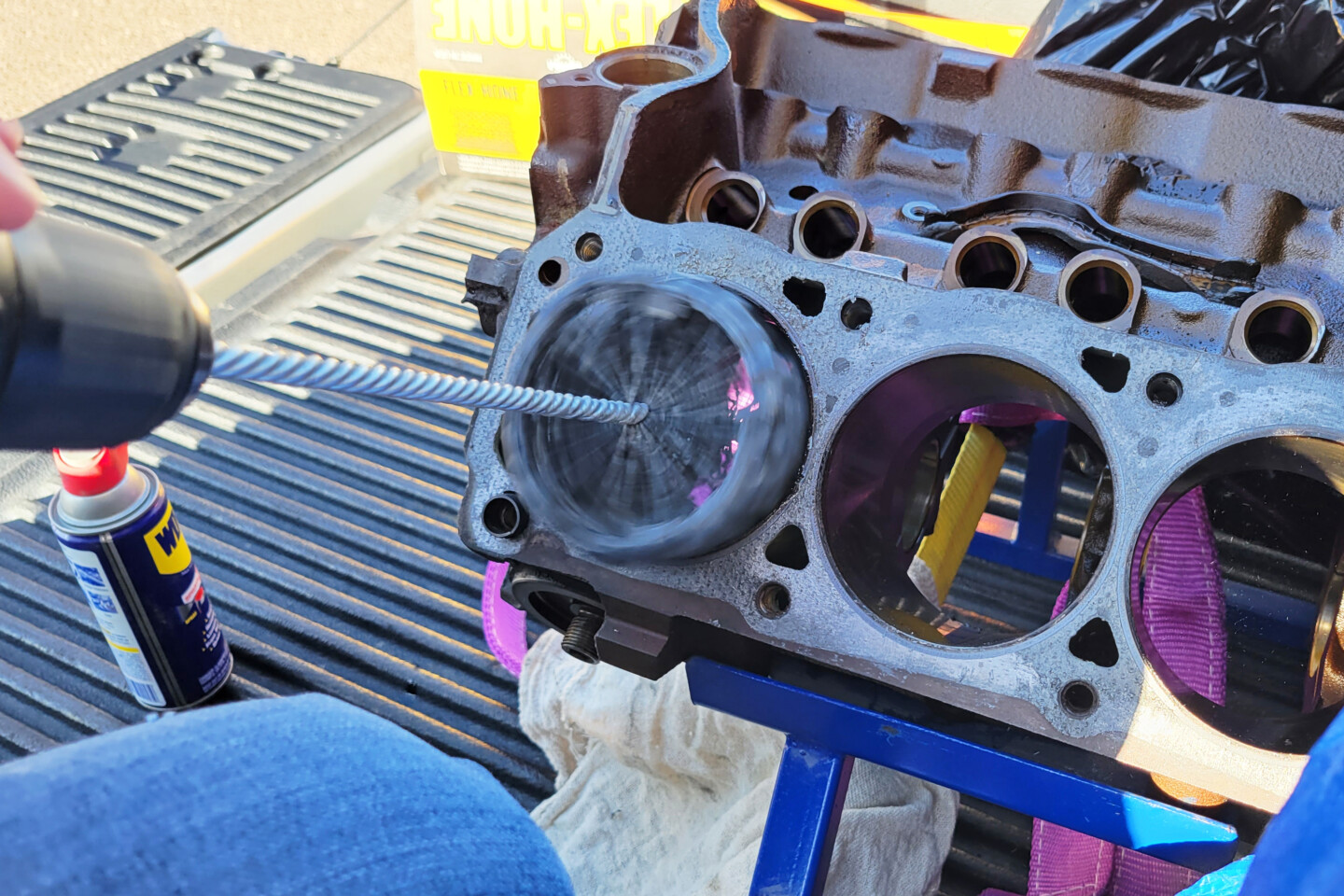Project Retro 5.0 is our modern take on the awesome time in the 1980s and ‘90s when the Fox Body Mustang was the king of the streets, thanks to its “modern” fuel-injected 5.0-liter engine. Based on the 8.2-inch deck height Windsor architecture that has powered Mustangs since their inception, the EFI 5.0 was a factory hydraulic roller engine that really was impressive for its time.
However, “its time” was thirty years ago. Since then, there have been a lot of improvements in engine technology, both in the OEM and aftermarket. While the original Cobras were hot stuff with 235 horsepower off the showroom floor in 1993, nowadays, we have GT500s making 760 horsepower with a warranty, and cracking the 1,000-horsepower mark with a few minor bolt-ons.
So, our plan, in a nutshell, is to do what they did in the ‘80s and ‘90s, but with today’s modern technology and knowledge, and see what kind of power we can make. Will the limits from back then — mainly the stock block and its fabled 500 horsepower failure point — still be the limits now, or will our modern engine controls get around that? We’ll find out. But first, we need to quantify a baseline.
For Retro 5.0 testing, we have some accessories. So while not quite the Thunderbird engine’s SAE Net configuration, it’s pretty far from SAE Gross testing.
The Starting Point For Retro 5.0
The main reason we need to get a current baseline, is because we’ve made a few concessions to the modern era right out of the gate, and a few improvements over stock parts. We are starting with the 5.0-liter engine out of a 1993 Thunderbird, which was rated at 200 horsepower using the SAE net standard. The block that came in the Thunderbird is an updated casting for 1991 — the F1ZE — but it has the same cast E7AE-AA 3.00-inch-stroke crankshaft as all the Fox Bodies
The connecting rods are factory-style forged 5140 steel pieces, which were purchased on Black Friday for $138, shipped… Let that sink in for a second. The rods only differ from stock in that the pin-end of the rod has a bronze bushing installed to make the .912-inch pin free-floating instead of a press-fit affair, and they are fitted with 8740 rod bolts. (The machine shop that balanced the rotating assembly thinks the rods might actually be the fuse that keeps the block alive; we’ll see.)
Click Here to Read the Full Original Article at DragzineDragzine…


